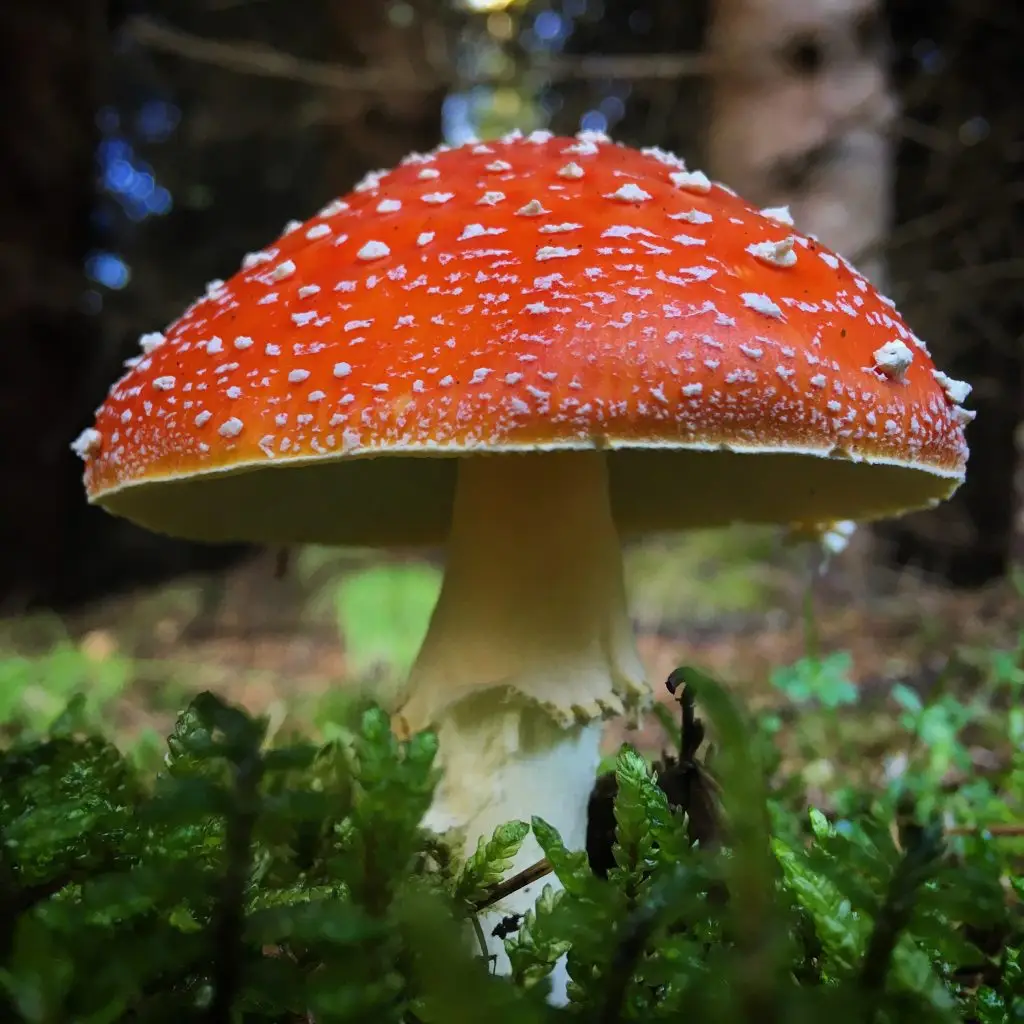So, Santa, is a shaman—Let’s dig into the meaning of the age-old traditions that were, and still are celebrated around Christmas time. Let’s discard the consumerism and commercialism that surrounds Christmas today.
Winter Solstice — the shortest day of the year. Perhaps the one thing that stands out about this day is the televised celebration of the Solstice by Druids at Stone Henge in England.
The scientific explanation for the Winter and Summer Solstices is the way the earth travels around the sun. The earth does not travel around the sun in a circular orbit, it is elliptical. At the same time, the earth does not rotate exactly on its axis, like a spinning top it oscillates back and forth resulting in it tilting away from the sun during part of the year, and towards it at other times.
At the Winter Solstice in December, December 20th or 21st, we have the shortest day of the year; in the northern hemisphere, this is when the earth is tilted away from the Sun, the Sun is lower in the sky, and the hemisphere receives the least sunlight, and least warmth.
At the Summer Solstice in on June 20th or 21st, we have the longest day of the year; in the northern hemisphere, this is when the earth is tilted towards the Sun, the Sun is higher in the sky, and the hemisphere receives the most sunlight, and most warmth for a longer period of time.
The vernal equinox on March 20th marks the start of Spring in the Northern Hemisphere. In the Southern Hemisphere, Spring starts September 22nd or 23rd. At the vernal Equinox, the days and nights are equal in length.
At the Winter Solstice, the sun appears to be stationary in the sky for three days because the sun rises to the same point in the sky three days in a row. Something the sun does not do at any other time.
The sun appearing to be stationary at the Winter Solstice represents the dying king or Sun God. This should not be confused with it disappearing at night. In Egyptian mythology the sun dies at sunset and is reborn at dawn, which is not what we are interested in here.
Go far enough north during the winter solstice, and you will not see the sun at all. The tilt of the earth is such that the sun does not appear at all during these three days. On December 24th the sun appears to start rising in the sky again, in Christian belief, the next day, December 25th is the birth of Jesus and many traditional celebrations have a manger as part of the festive decorations.
To the Shaman, Winter Solstice is a time of celebration and new hopes for crops, animal husbandry, babies will be conceived, and generally there is hope for a good year ahead. The old year transforms or is reborn into a new one. Transformation is a very shamanic quality, the myths at this time point to the awakening of our true nature.
The shaman is an essential part of the community and at the winter solstice, the shaman, male or female, had special duties to perform, from these duties the shaman traditions we use today to symbolize Christmas are created.
The traditional Christmas tree is an evergreen conifer, the dominant species of tree that grows in the harsh northern climates. Whether you have a real tree or an imitation one, it is the symbol of the tree that is important.

Figure 1. Amanita Muscaria mushroom. Photo by Sergei Gussev on Unsplash
The Amanita Muscaria, mushroom grows at the foot of evergreen conifers and has a symbiotic relationship with the tree. Nutrients pass back and forth between the tree and the mushroom in the roots to the point where the mushrooms can’t grow without the tree resulting the mushrooms being seen as the fruit of the tree.
The mushrooms have a distinctive bright red cap with white spots or growths on it.
The shaman picks and dries the mushrooms by leaving them on the lower branches of the conifer where they were picked. So, now we have a green conifer with red and white mushrooms drying on its branches. Does this remind you of the baubles you attach to the branches of your Christmas tree?
Early decorations on Christmas Trees were editable. It was too costly to have decorations that were not. Usually, the edible decorations were some sort of baked dough. Later, apples were used as they symbolized the fruit of the Tree of Knowledge. Apples were later replaced by shiny red balls, which are not edible.
When Shaman gathered mushrooms, their traditional clothing was vivid red and white to symbolize the mushroom and let the spirits of the woods know what they are doing. Does this not remind you of the red and white clothing of Santa?
In the northern climate, deep snow and ice make travel difficult. Some sort of sledge or sleigh is required to get around.
In the cold north, the lowest recorded temperature in Siberia was -67 c/-97.3 F. To survive outside in these temperatures layers of furs would be put on, making the person appear rather “chubby, or fat.” Another well-known depiction of Santa as a well-rounded person!
In the northern climate reindeer are an important source of meat, fur, bone, and other animal products for all manner of human needs. They are an important source of power to pull things, one, or more, may be attached to a sleigh to move it through the snow, woods, and across the plains. This practice continues to this day, as horses are not hardy enough to survive and work in the harsh climate.
So, now we have a rather well-rounded person, riding a sleigh, pulled by one or more reindeer and dressed in red and white clothing.
The Amanita Muscaria mushroom does not contain psychedelic substances as such. It contains muscimol and Ibotenic acid producing a psychedelic like effect, and in rare cases can be poisonous to the person consuming them. The chemicals in the mushroom can cause chills, sweating, salivation, nausea and Ibotenic acid induce vomiting.
Today, some people boil thin slices of the mushroom in a lot of water for 15 minutes. This leaches out the active chemicals in the mushroom. Drinking the water will give you a high, discarding the water and repeating the boing process should result in mushroom flesh that can be eaten. Drying the mushrooms for 24 hours in an oven will also help to reduce or eliminate the muscimol and ibotenic acid. Please, do not take this as a recipe for use of the mushrooms!
The positive effects of the mushroom include visions and altered states of consciousness, a sense of euphoria, and clarity of mind. Because of these positive effects the shaman brings what they have collected with them. They bring them in a sack for their own use and to share with the people they visit.
The need for a shaman to perform ceremonies, conduct healing, retrieving souls on soul journeys is still very much necessary even when the snow is deep and the door to the traditional nomad Yurt is snowed in. To get in the shaman climbs on the roof of the Yurt and enters through the smoke hole in the roof.
So, now we have everything we recognize in Santa today. A shaman, dressed in heavy red and white clothing, carrying a sack of good things, who arrived on a sleigh, pulled by reindeer, and entering through the smoke hole in the roof. If everyone in the yurt is high on mushrooms, stories of the Shaman flying across the sky on their sleigh, pulled by faithful reindeer to visit many yurts during the night seems quite believable.
Have a wonderful holiday season and celebrate the Winter Solstice this year. Celebrate the start of the New Year which begins the day after the Solstice … not a week later!
Click here – https://linktr.ee/markaashford

 Cart is empty
Cart is empty